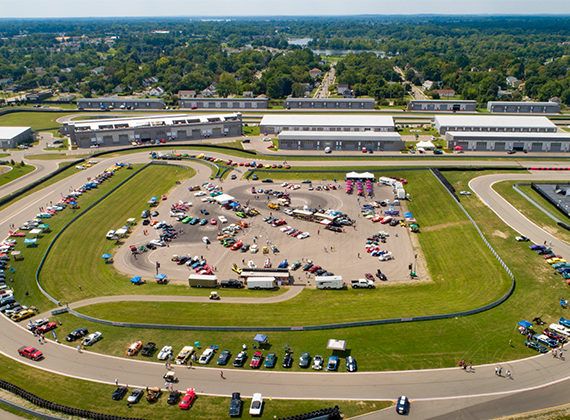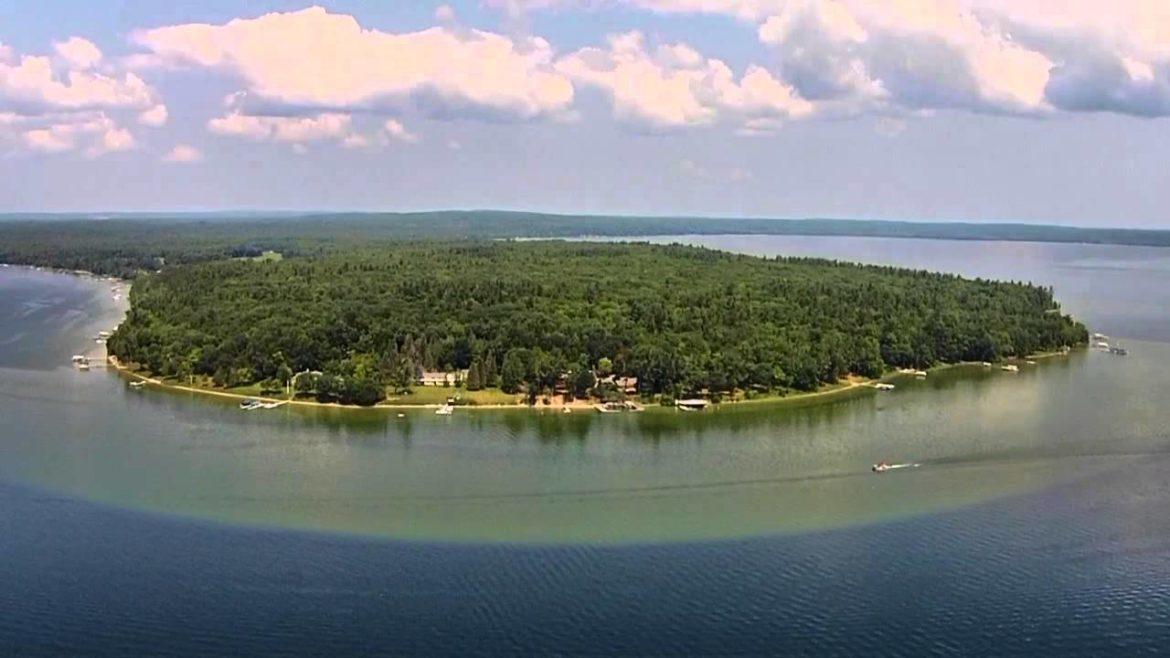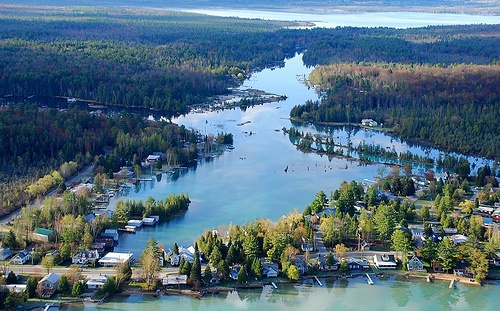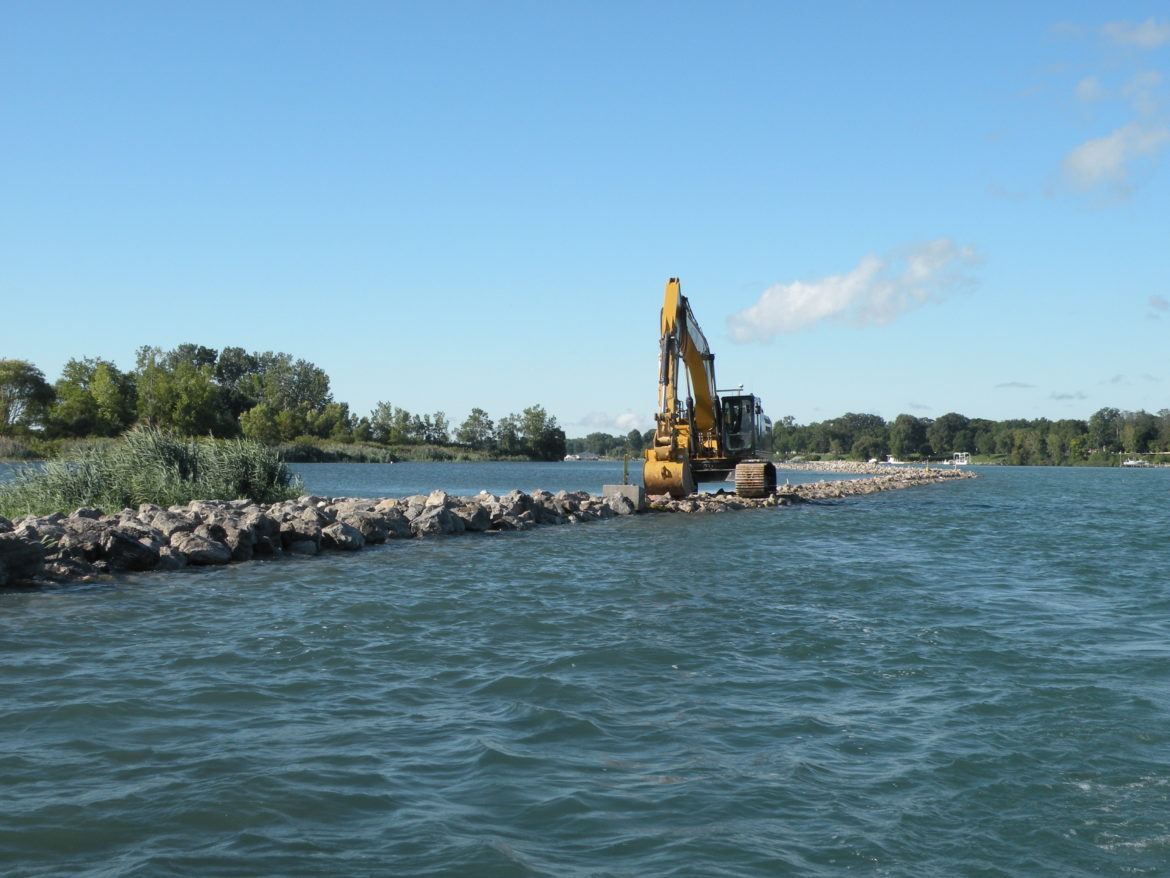Stony Island Project
A current FDR project involves constructing over 3,000 linear feet of living shoal along the north and west side of Stony Island, an uninhabited island in the lower Detroit River, to protect a fragile shoreline and wetland from erosion. Environmental benefits will include 10,000 square feet of Common Tern habitat on top of the shoal islands, 50 acres of calm backwater for fish spawning and nursery with two acres of deep water habitat, and an assortment of amenities for waterfowl, turtles, snakes, mudpuppies and mussels.
The economic benefit of this work is immense. Recreational and commercial fisheries are a vital part of Michigan’s heritage, valued between $4 – 7 billion annually. While sport and commercial fisheries bring tremendous revenue to our region, subsistence and tribal fishing, as well as aquaculture, are part of the Great Lakes fishery.
Project Owner: Michigan Department of Natural Resources; Project Engineer: Environmental Consulting & Technology, Inc.
Visit the FDR website for more information regarding this and other Detroit River restoration projects. Friends of the Detroit River
People are beginning to recognize the importance of enhancing overdeveloped shorelines with environmentally responsive treatments. Lake recreation and the natural environment can work in harmony to sustain one another to preserve and protect Michigan shorelines for generations to come.
https://www.michigan.gov/documents/deq/wrd-natural-shorelines-inland-lakes_366530_7.pdf
https://www.mishorelandstewards.org/
About the Author
Janet Evans, PLA, has 26 years of experience working as a Landscape Architect. Janet has a wealth of knowledge and understanding in landscape architecture, working in a multi-discipline arena with design and engineering firms.
With a passion for the green industry and promoting sustainable environments, she provides on-site leadership, design, site assessments and inspections, meeting coordination and service implementation. In her vast career, Ms. Evans has created master plans and designed parks and recreational | athletic fields and other public spaces across the United States. Ms. Evans is a Certified Natural Shoreline Professional.
- Since May 2011, Michigan Certified Natural Shoreline Professional identifies Janet as a professional trained in the use of “Green” landscaping technologies and bioengineered erosion control for the protection of Michigan inland lakes. MCNSP is approved by the Michigan Natural Shoreline Partnership.
- Janet and PEA are posted on the Michigan Natural Shoreline Partnership website as a Preferred Certified Contractor. The Michigan Department of Environmental Quality (DEQ) will refer interested parties to this list on their website. https://www.mishorelinepartnership.org/
- Janet has received in-depth training on the State of Michigan’s permit requirements and process for soft shoreline construction.





